Relationship between industrialization and animal agriculture
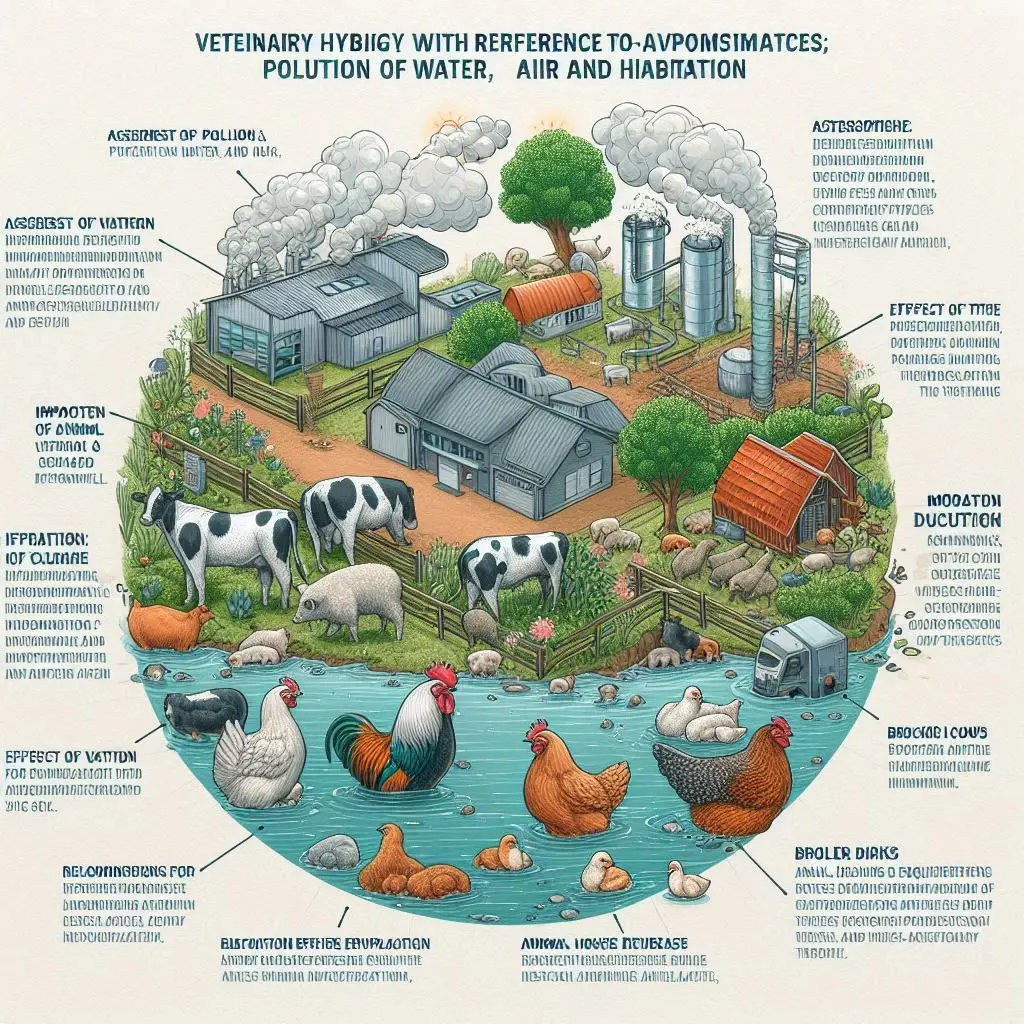
Introduction
Industrialization has profoundly changed the landscape of animal agriculture. This transformation has brought about significant economic, social, and environmental shifts. Understanding these changes is crucial for grasping the future of food production and rural communities. In this article, we will explore the intricate relationship between industrialization and animal agriculture, focusing on its impacts and implications.
The Rise of Industrial Agriculture
What is Industrial Agriculture?
Industrial agriculture refers to the large-scale production of livestock, poultry, and other animals using modern technologies and methods. This approach emphasizes efficiency, productivity, and profit. It often involves:
- Concentrated Animal Feeding Operations (CAFOs): These are large-scale facilities where animals are raised in confined spaces.
- Technological Advancements: Innovations such as genetic engineering, automated feeding systems, and advanced veterinary practices.
- Global Supply Chains: The integration of local farms into a global market, relying on international trade and distribution networks.
Historical Context
The shift to industrial agriculture began in the mid-20th century. Post-World War II, advancements in technology and increased demand for food led to the rise of factory farming. This model aimed to produce more meat, dairy, and eggs at lower costs. However, this rapid growth has come with consequences.
Economic Impacts of Industrialization
1. Consolidation of Farms
One of the most significant effects of industrialization is the consolidation of farms. Smaller family farms have struggled to compete with large agribusinesses. As a result, many have gone out of business. This consolidation leads to:
- Fewer Independent Farmers: The number of family-owned farms has decreased dramatically.
- Increased Market Power for Corporations: A few large companies control a significant share of the market, impacting pricing and supply chains.
2. Dependence on Technology
Industrial agriculture relies heavily on technology to boost production. While this can lead to efficiencies, it also creates challenges:
- High Initial Investment: Farmers must invest in expensive equipment and technology.
- Debt Risks: Many farmers take on debt to finance these investments, leading to financial vulnerability.
3. Global Market Influence
The global market plays a crucial role in shaping animal agriculture. Large agribusinesses often dictate prices and standards. This influence can lead to:
- Unfair Competition: Small farmers struggle to compete with the pricing power of large corporations.
- Market Volatility: Global supply chain disruptions can lead to sudden price changes, affecting farmers’ incomes.
Social Impacts of Industrialization
1. Community Disintegration
The decline of family farms can erode social ties in rural areas. As farms close, communities face challenges such as:
- Increased Unemployment: Job losses in agriculture can lead to economic decline.
- Reduced Civic Engagement: Fewer farmers mean less community involvement and participation in local governance.
2. Worker Exploitation
Industrial animal agriculture often relies on low-wage labor, which can lead to exploitation. Issues include:
- Poor Working Conditions: Many workers face unsafe environments and long hours.
- Limited Rights: Labor laws may not protect workers in these industries, leading to abuses.
3. Animal Welfare Concerns
The conditions in which animals are raised in industrial settings often raise ethical questions. Key issues include:
- Confinement: Animals are frequently kept in cramped quarters, leading to stress and health problems.
- Lack of Natural Behaviors: Industrial systems often prevent animals from exhibiting natural behaviors, raising concerns about their well-being.
Environmental Impacts of Industrialization
1. Pollution and Waste Management
Industrial animal agriculture generates significant waste. This waste can lead to:
- Water Pollution: Runoff from farms can contaminate local water sources, harming aquatic life and human health.
- Air Quality Issues: Emissions from large operations can contribute to air pollution and respiratory problems in nearby communities.
2. Resource Inefficiency
The industrial model often leads to inefficient resource use. For example:
- Grain Feed: A large portion of global grain production is used to feed livestock rather than people. This raises questions about food security.
- Water Usage: Industrial farms require vast amounts of water, contributing to local water scarcity.
3. Climate Change
Animal agriculture is a significant contributor to greenhouse gas emissions. Key factors include:
- Methane Emissions: Livestock, particularly cattle, produce methane during digestion, a potent greenhouse gas.
- Deforestation: Expanding agricultural land often leads to deforestation, further contributing to climate change.
The Future of Animal Agriculture
1. Sustainable Practices
As awareness of the impacts of industrial agriculture grows, there is a push for more sustainable practices. These include:
- Regenerative Agriculture: This approach focuses on restoring soil health and biodiversity.
- Animal Welfare Standards: Implementing better welfare practices can improve the conditions for animals raised in agriculture.
2. Technological Innovations
Emerging technologies may help mitigate some of the negative impacts of industrial agriculture. Innovations such as:
- Precision Farming: Utilizing data and technology to optimize resource use and reduce waste.
- Alternative Proteins: The rise of plant-based and lab-grown meat offers potential solutions to reduce reliance on traditional animal agriculture.
3. Policy Changes
Government policies will play a crucial role in shaping the future of animal agriculture. Key areas for policy focus include:
- Support for Small Farmers: Implementing programs to assist smallholders can help maintain rural economies.
- Environmental Regulations: Stricter regulations on waste management and emissions can help mitigate environmental impacts.
Conclusion
The relationship between industrialization and animal agriculture is complex and evolving. While industrial practices have increased efficiency and production, they have also led to significant social, economic, and environmental challenges. Moving forward, it is essential to balance the need for food production with the need for sustainability and ethical practices. By embracing innovative solutions and supporting small farmers, we can work towards a more equitable and sustainable future for animal agriculture.
For more pearls of Vets Wisdom:
https://wiseias.com/partitioning-of-food-energy-within-animals/

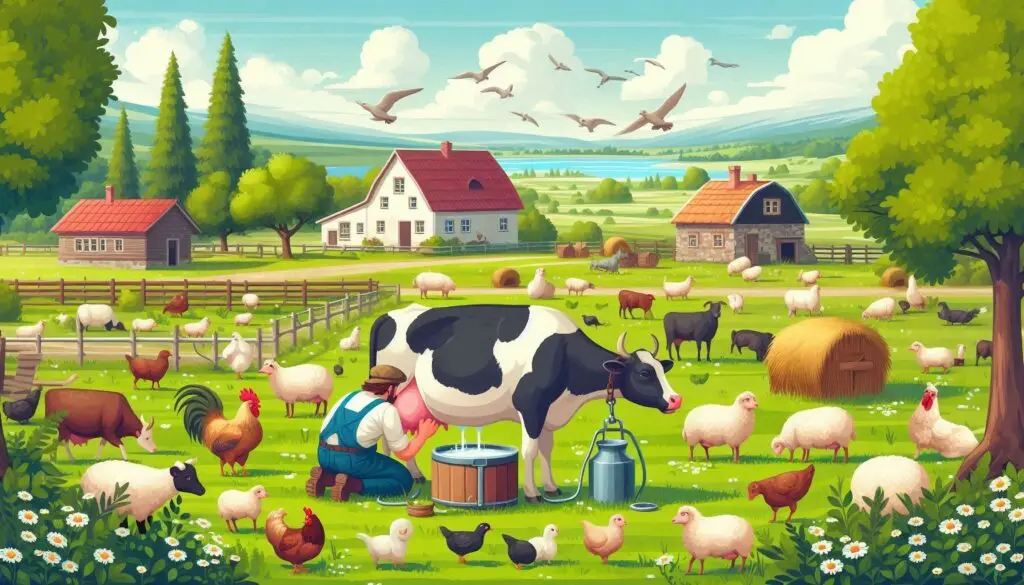

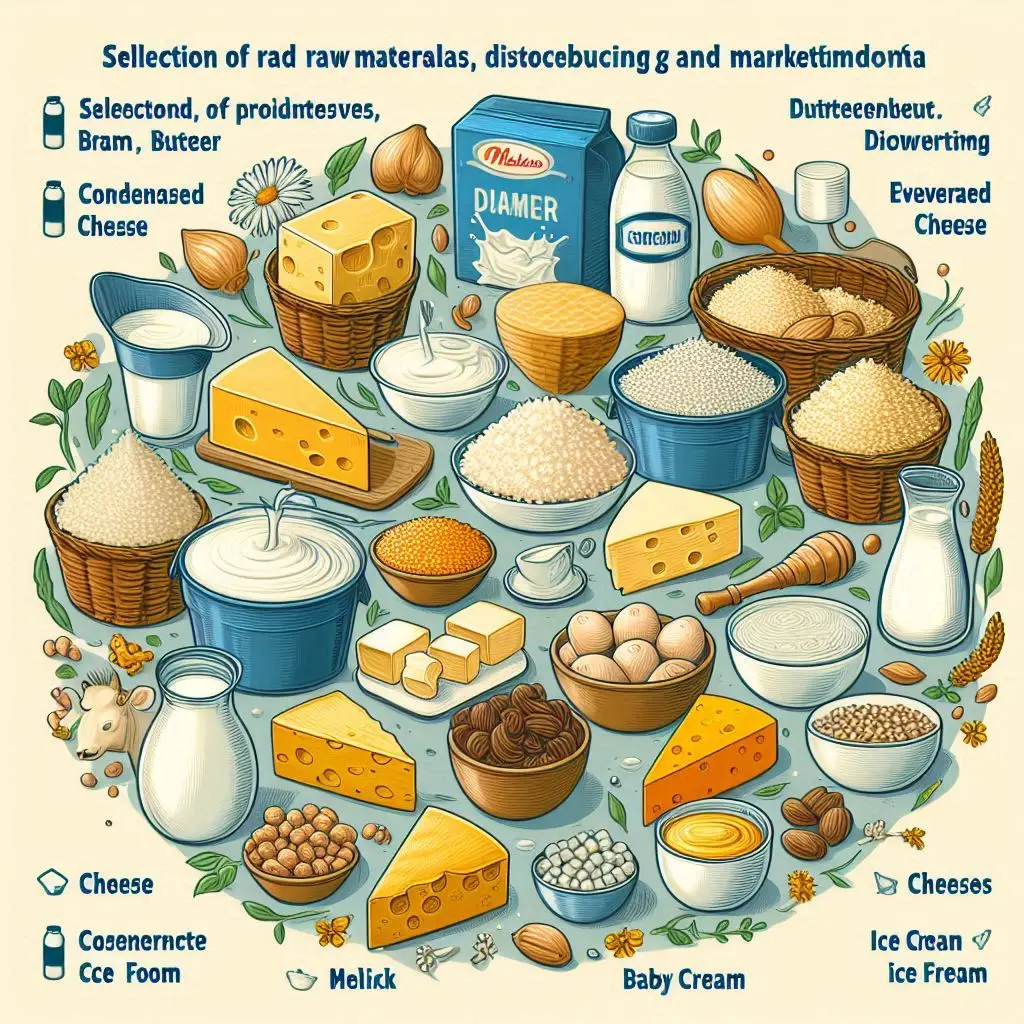
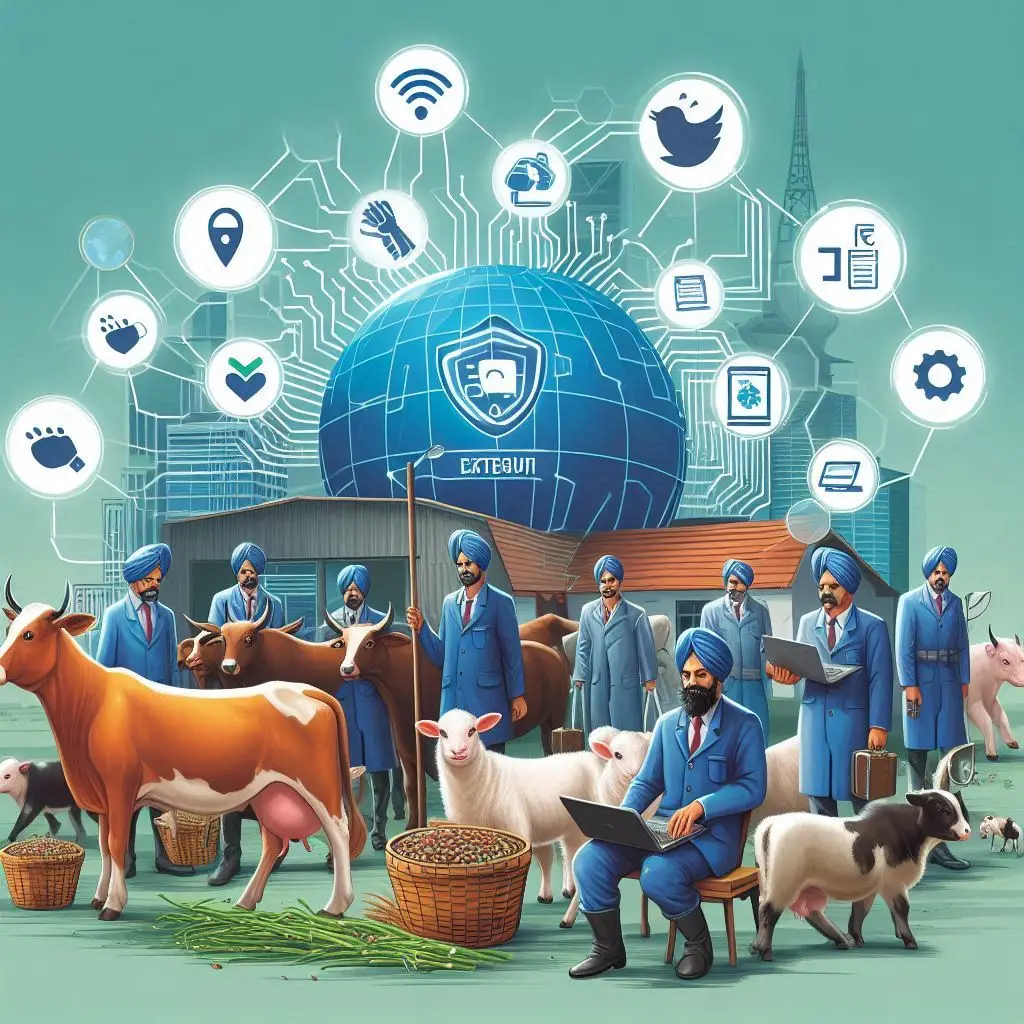
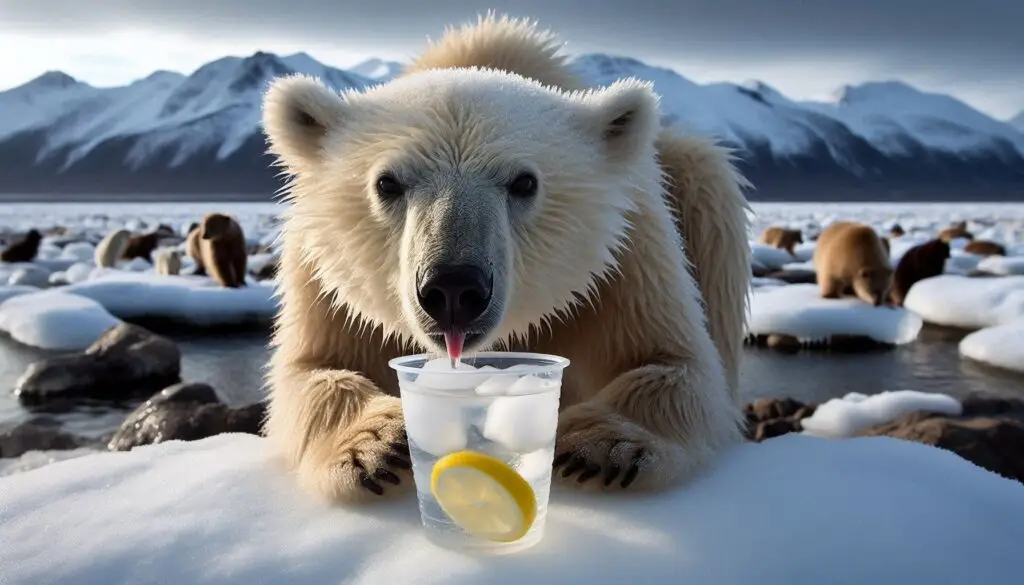
Responses